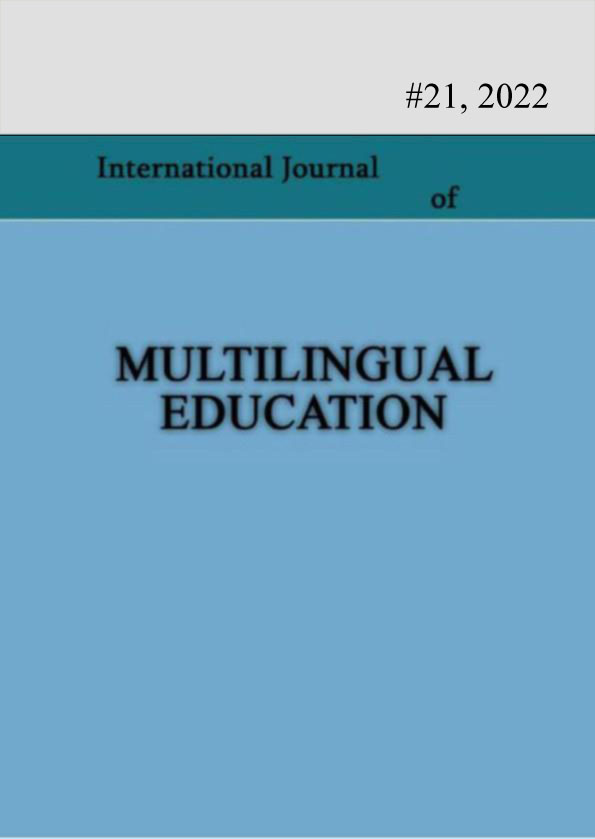Investigating Speech Characteristics of Georgian Native and Non-Native Speakers: A Forensic Phonetics Study
Keywords:
Fundamental frequency, Articulation rate, Speech analysis, Forensic phonetics, Speaker identification.Abstract
Forensic Phonetics aims to identify speakers through various speech characteristics that may differentiate them from others. This paper discusses the importance of selecting appropriate parameters that are independent and have high inter-speaker and low intra-speaker variation. Speech rate and fundamental frequency are analyzed to collect statistical information on the Georgian language for both native and non-native speakers. The study recorded oral speeches of 60 Georgian native speakers from three different age categories, and 20 high-competence Azerbaijani-speaking Tbilisi State University students. Results show the normal articulation tempo of the Georgian language to be between 5.1 to 6.3 syllables/second. Additionally, fundamental frequency differences were observed in the non-native speaker group compared to the native speaker group.
References
Drygajlo, A., Jessen, M., Gfroerer, S., Wagner, I., Vermeulen, J., & Niemi, T. (2015). Methodological Guidelines for Best Practise in Forensic Semiautomatic and Automatic Speaker Recognition. Frankfurt: Verlag Fur Polizeiwissenschaft.
ENFSI, E. N. (2022). Best Practice Manual for the Methodology of Forensic Speaker Comparison (FSA-BPM-003).
Eriksson, A. (2005). Tutorial on forensic speech science. Proc. European Conf. Speech Communication and Technology, (pp. 1-14).
Hollien, H. (1990). The Acoustic of Crime . New York: Plenum Press. Hollien, H. (2012). About Forensic Phonetics. Linguistica, 27-53.
Nolan, F. (2009). The phonetic bases of speaker recognition. Cambridge: Cambridge University Press.
Olsson, J., & Luchjenbroers, J. (2014). Forensic Linguistics. London: Bloomsbury. Rose, P. (2002). Forensic Speaker Identification . London: Taylor & Francis.
Published
How to Cite
Issue
Section
License
Copyright (c) 2022 Mariam Navadze

This work is licensed under a Creative Commons Attribution-NonCommercial 4.0 International License.
Copyright (c) - Authors who publish with this journal agree to the following terms: Authors retain copyright and grant the journal the right of first publication with the work simultaneously licensed under a Creative Commons Attribution-Noncommercial 4.0 International License, which allows others to share the work with an acknowledgement of the work's authorship and initial publication in this journal. Authors are permitted and encouraged to post their work online (e.g., in institutional repositories or on their personal website) prior to and during the submission process, as it can lead to productive exchanges, as well as earlier and greater citation of published work (see The Effect of Open Access). Authors may enter into separate, additional contractual arrangements for the non-exclusive distribution of the journal's published version of the work (e.g., post it to a repository or publish it in a book), with an acknowledgement of its initial publication in this journal.

